What powers Serene Williams's muscle-bound serve?
-
- from Shaastra :: vol 01 issue 06 :: Nov - Dec 2022

If you are a tennis fan, you may have wondered how Serena Williams repeatedly delivered that powerful and technically accurate serve. Like tennis buffs, neuroscientists were wondering, too — and now they have an answer to that perplexing question. Scientists from the Indian Institute of Science (IISc), Bengaluru, Harvard University and the University of Cambridge have shown that the stability in the firing pattern of neurons in the brain enables consistency in carrying out practised muscular tasks such as serving a tennis ball.
People perform ordinary tasks — such as tying shoelaces or buttoning a shirt — effortlessly after practice, the researchers point out. Such skills, once learned, remain with us throughout our lives even though we may not practise them often.
The brain communicates with muscles to do an action via the activity of neurons. "Different neuronal activity patterns can create the same muscle activity pattern," says IISc's Ashesh Dhawale, among the researchers conducting the study. Generally, however, a person tends to follow the same pattern of movements to accomplish a muscular task. The scientists wanted to find out if this stability was encoded at the levels of neurons or the whole neuronal population was allowing people to repeatedly perform the same activity with ease.
Researchers trained rats for a month to perform a simple muscular job — press a button, wait and then press the button again.
For this, they trained rats for a month to perform a simple muscular job — press a button, wait for a certain period and then press the button again to get a reward. Once the rats were trained, the team decided to check how their neurons acted while they performed this task.
They inserted electrodes in the two motor areas of the brain to record neuronal activity. Dhawale had earlier developed a method to study the neuronal activity of individual neurons for long periods. This method allowed them to study individual neurons for a prolonged spell while the rats carried out the task repeatedly.
The study, reported in Nature Neuroscience, shows that the neurons in the motor area of the brain exhibit the same activity pattern to carry out a particular muscular task over long periods. In the non-motor areas, the collective neuronal activity remains the same while the individual activity may vary for carrying out the same task. This kind of stability in motor areas means that one can easily correlate a neuronal pattern with the information and command that the brain is trying to relay to muscles.
The scientists now plan to look at the firing patterns of neurons engaged in the learning of a new task.
Have a
story idea?
Tell us.
Do you have a recent research paper or an idea for a science/technology-themed article that you'd like to tell us about?
GET IN TOUCH














